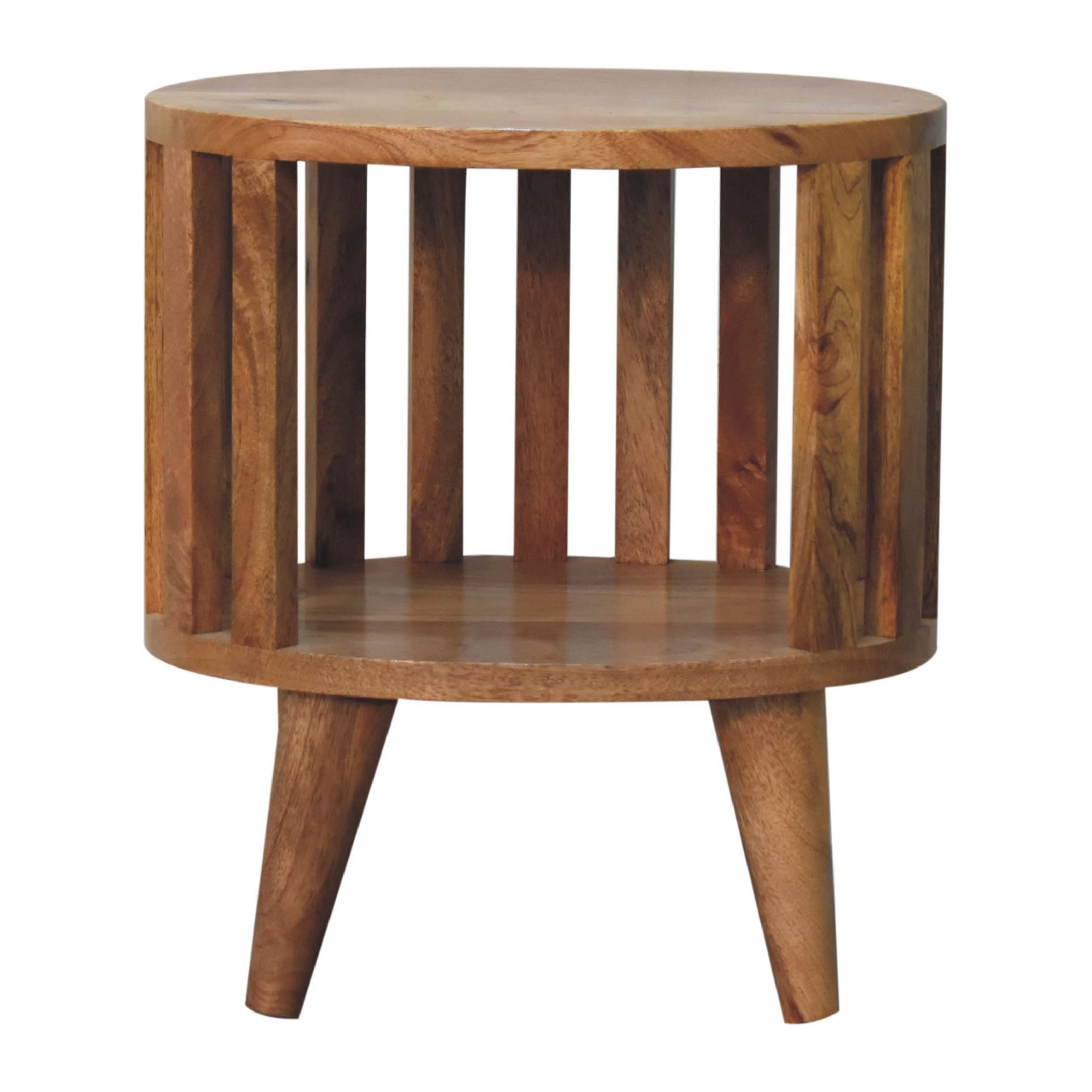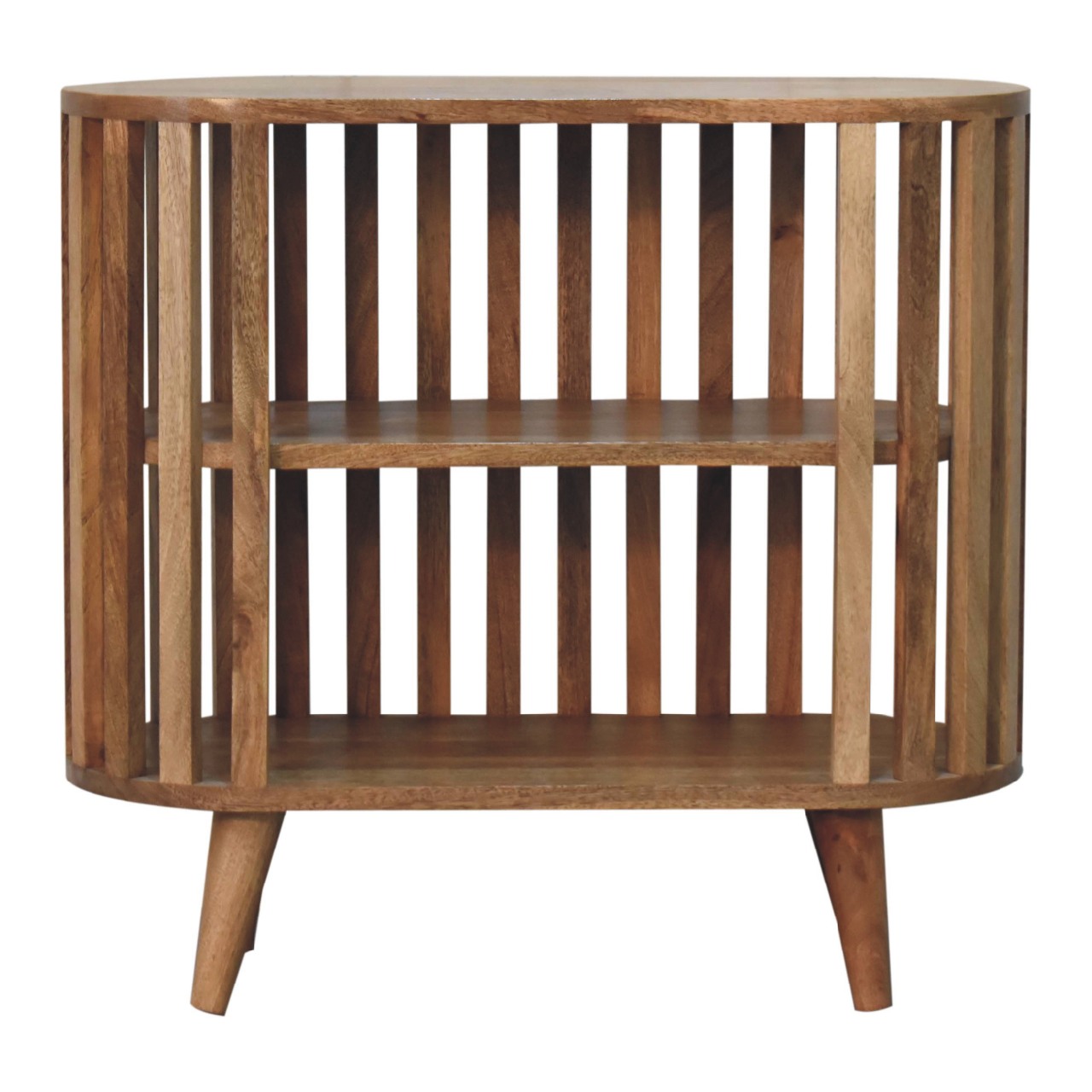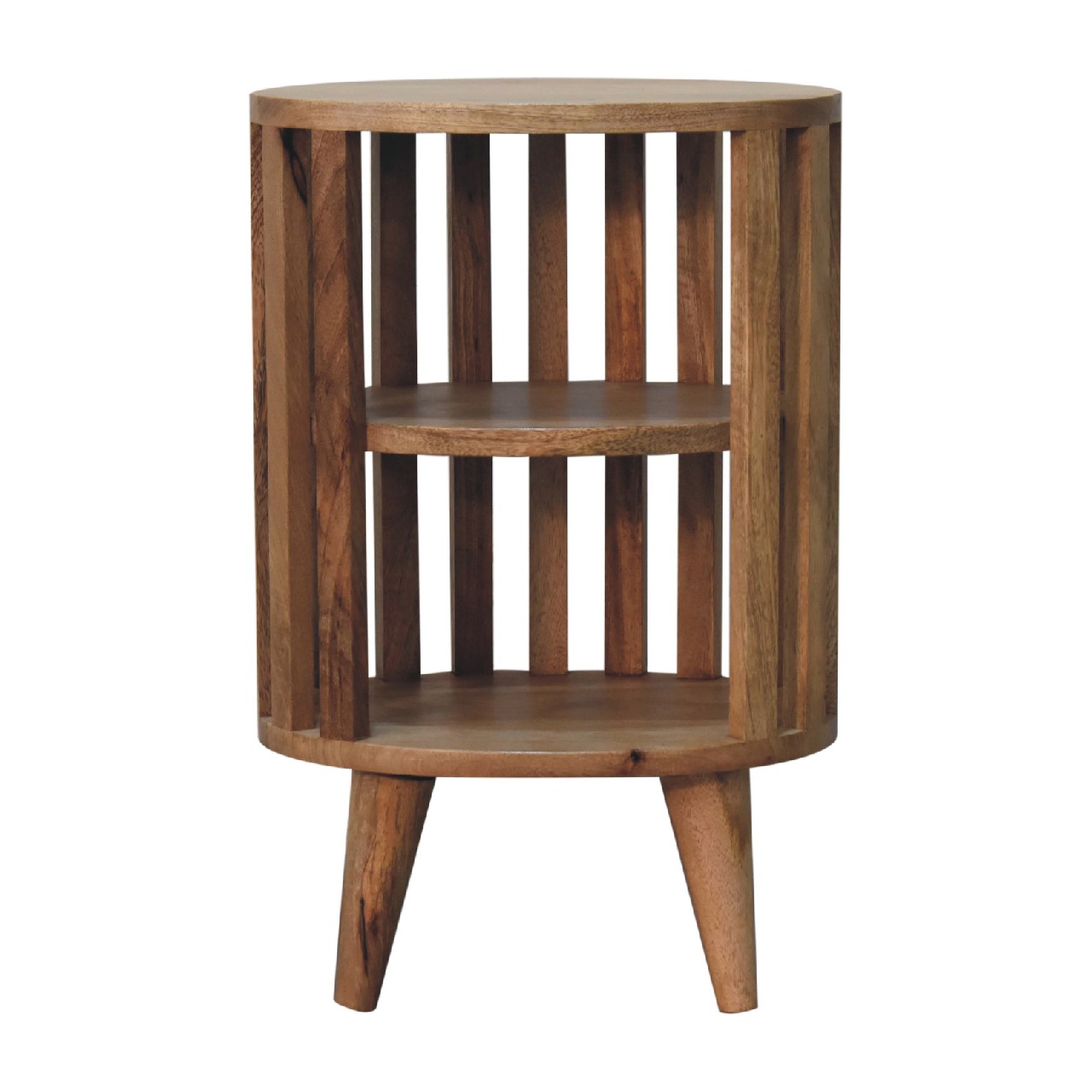In a world dominated by mass-produced furniture, Japanese style solid wood furniture stands apart with its exquisite craftsmanship and timeless beauty. Rooted in a rich cultural heritage, these pieces are meticulously handcrafted by skilled artisans using traditional techniques. From the careful selection of high-quality timber to the intricate joinery methods, Japanese solid wood furniture embodies the essence of simplicity, elegance, and durability.
Shop Japanese style solid wood furniture
Japanese solid wood furniture has a long history that dates back centuries. Influenced by Zen philosophy and the principles of Wabi-Sabi, it embraces the concept of minimalism and the appreciation of natural imperfections. Craftsmen often draw inspiration from nature, incorporating elements such as flowing lines and organic shapes. The traditional techniques passed down through generations prioritize sustainable practices, with an emphasis on using locally sourced timber and minimizing waste. This commitment to ecological balance and harmony with nature is reflected in the timeless appeal of Japanese furniture.
One of the distinguishing features of Japanese solid wood furniture is the careful selection of timber. Fine woods like Japanese cypress (hinoki), Japanese oak (nara), and Japanese cedar (sugi) are chosen for their exceptional durability, beauty, and aroma. The wood is left untreated or finished with natural oils to retain its original color and texture, enhancing its natural characteristics. Joinery techniques, such as the interlocking of wooden pieces without the use of nails or screws, are integral to Japanese furniture design. Complex joints like the mortise and tenon or the dovetail joint ensure the furniture's structural integrity while showcasing the craftsmanship and attention to detail.
Design Aesthetics (approximately 100 words): Japanese solid wood furniture exhibits a minimalist aesthetic that focuses on clean lines, simplicity, and functionality. The design philosophy emphasizes harmony and balance, aiming to create a serene and uncluttered living environment. Furniture pieces are often low to the ground, promoting a sense of grounding and connection to the earth. Traditional motifs and decorative elements, such as lattice work (kumiko) or intricate wood carvings, are incorporated into some designs, adding subtle beauty and interest. The overall effect is a space that exudes tranquility and mindfulness, inviting occupants to find solace in the understated elegance of their surroundings.
Longevity and Sustainability (approximately 100 words): Japanese solid wood furniture is renowned for its exceptional longevity and durability. The use of high-quality timber, combined with meticulous craftsmanship and attention to detail, ensures that these pieces can withstand the test of time. Additionally, the emphasis on sustainable practices and the use of locally sourced materials contributes to the environmental appeal of Japanese furniture. In a world increasingly concerned with eco-consciousness, investing in solid wood furniture represents a responsible choice, reducing reliance on disposable and non-recyclable alternatives.
Conclusion (approximately 20 words): Japanese solid wood furniture represents a harmonious blend of artistry, functionality, and sustainability, providing a timeless and elegant addition to any living space.



